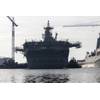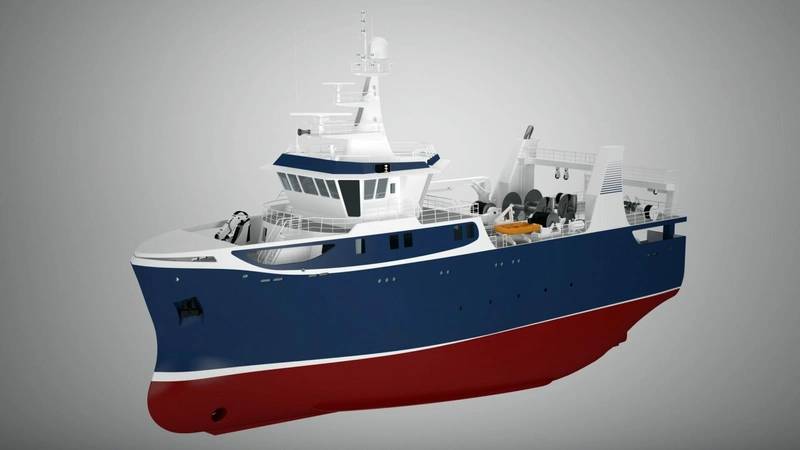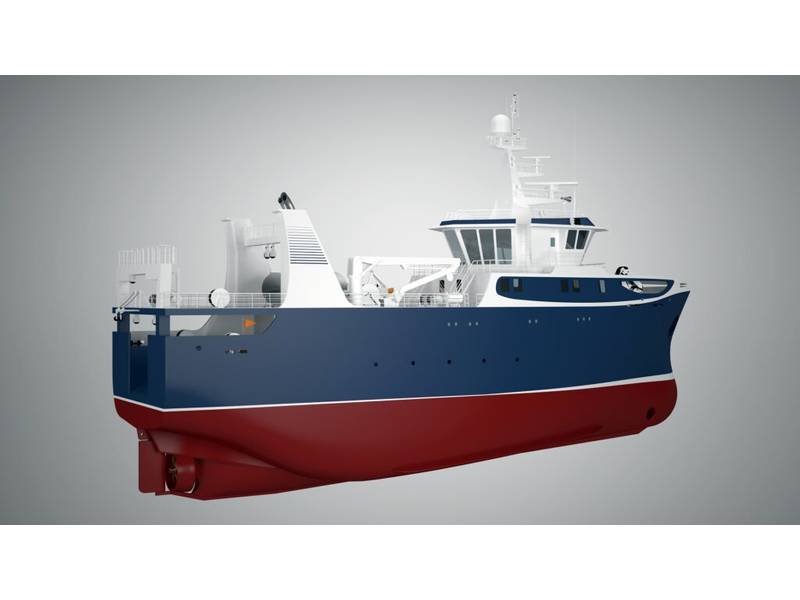Western Baltic Unveils New Trawler Design
Lithuanian ship designer Western Baltic Engineering (WBE) has unveiled its latest trawler design, engineered to meet the demands of the modern fishing industry with an emphasis on high performance, large cargo capacity and crew comfort.
WBE’s senior sales manager, Chris Cowan, said, “We’ve created a ‘workhorse’ of a trawler that doesn’t sacrifice crew comfort.”
The trawler has a large cargo capacity of 1300m3, LOA of 49,50m and a speed of 12 knots. Designed for 16 crew members, all have single cabins, there is a gym and a sauna for them to use, as well as a spacious mess room and lounge area.
Cowan said the initial work got underway after WBE was contacted by an Icelandic company looking to remodel an existing WBE trawler design to better suit the market and meet today’s fishing industry demands.
He said: “The trawler we have created has a modern hull shape, is compact and is designed to be a hard-working vessel while still offering crew comfort, and stability.
“By maximizing equipment on deck and the factory space, we were able to provide a very generous cargo area for a vessel of this size.
“This design is a starting point, and the idea is that we can and will adapt the vessel to an individual client’s wishes. For example, the vessel is currently powered by a Tier III Wärtsila engine, but this can be adapted to suit client’s wishes.
“We have already had lots of interest from clients fishing waters both in Scandinavia and South America and we are expecting that interest will increase when the design is unveiled to the fishing industry [at the Scottish Skipper Expo] in May.”
Related News




